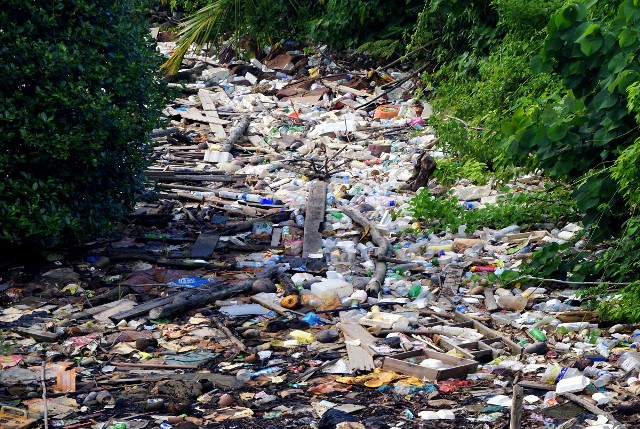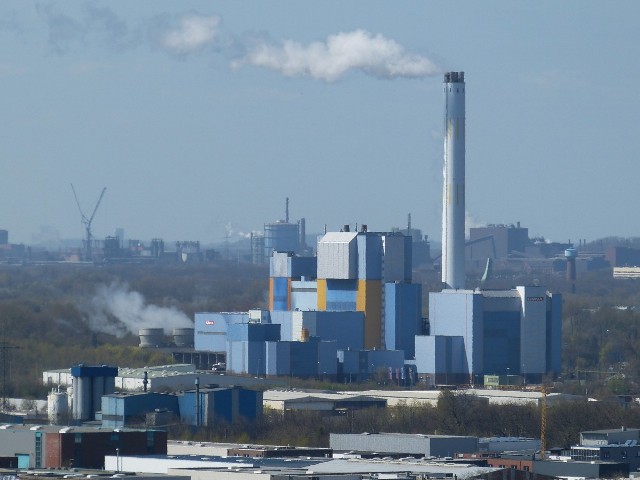Benefits of urban waste-to-energy conversion

Image credit:pxhere.com
Some figures estimate that every year more than 2,000 million tons of municipal solid waste are produced and at least 30% of this amount is not properly managed. We are talking about tons of urban waste that daily go to landfills where they are buried, generating a significant amount of methane gas emissions due to its decomposition.
In view of this reality, Scandinavian countries have proposed eliminating or reducing taxes on waste incineration, with the aim of creating better economic conditions to produce electricity from waste incineration and limit the use of fossil fuels. The idea is to reduce the disposal of waste in landfills in the long term, since it would be more economical to recover it for energy production, so that it would not have to end up in a hole or cover large areas of land, with the environmental consequences that derive from this practice.

Image credit:pxhere
Non-recyclable urban waste represents a cheap and available raw material for energy generation. According to figures from Aeversu, the Association of Urban Waste Energy Recovery Companies, the carbon footprint generated by waste recovery is less than that associated with landfills, since it is estimated that landfills emit 772 kg of carbon dioxide per ton of waste, while waste recovery generates 224 kg of carbon dioxide per ton treated. On the other hand, the energy that 12 million tons of waste would produce would be the equivalent of 7,800 GWh/year, enough to supply the needs of more than two million homes.

Image credit:pxhere.com
It is clear that urban waste represents a viable source for producing energy, and this waste is wasted, and in many countries it is even poorly managed, which is why it ends up becoming another environmental liability. On the other hand, the world's energy demand increases every year and is covered mainly by oil, gas and coal, the latter being the most polluting element used to produce energy.
So, with consumption patterns that each year generate millions of tons of waste, which in any case will end up generating greenhouse gases and other environmental problems, perhaps it is time we stopped throwing millions of kWh of energy into the landfill, which could well replace energy from fossil sources, which is not only more polluting but also more expensive.
It is important to reconsider the options we have to generate energy if we want to contribute to the mitigation of global warming.